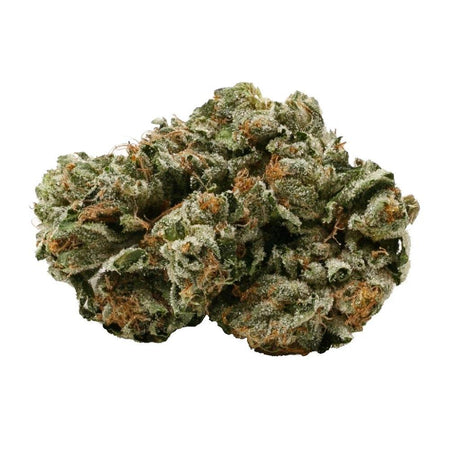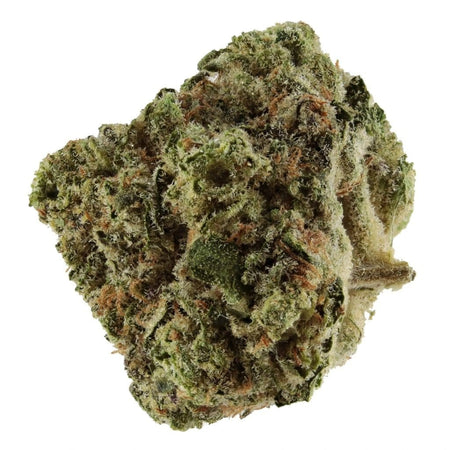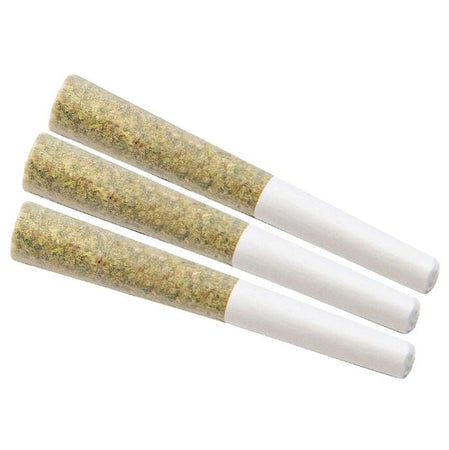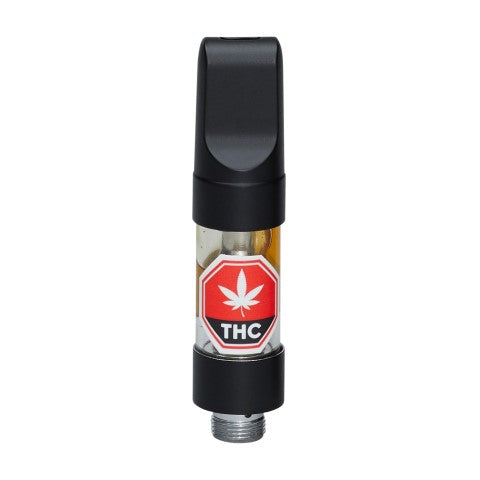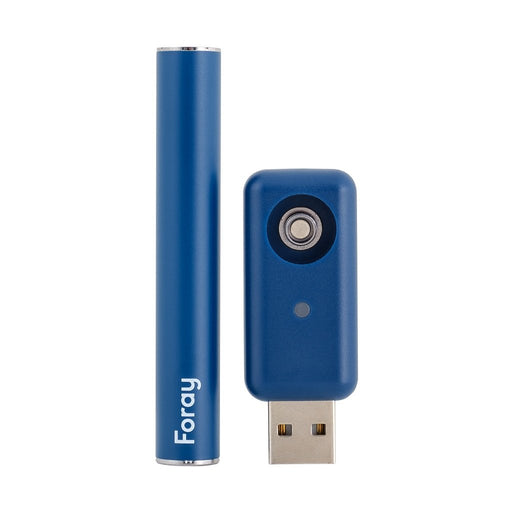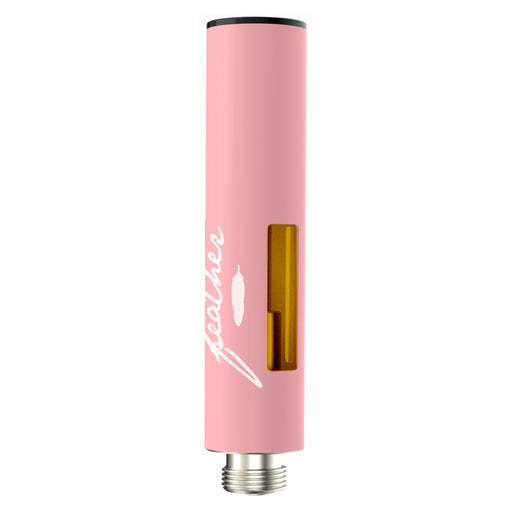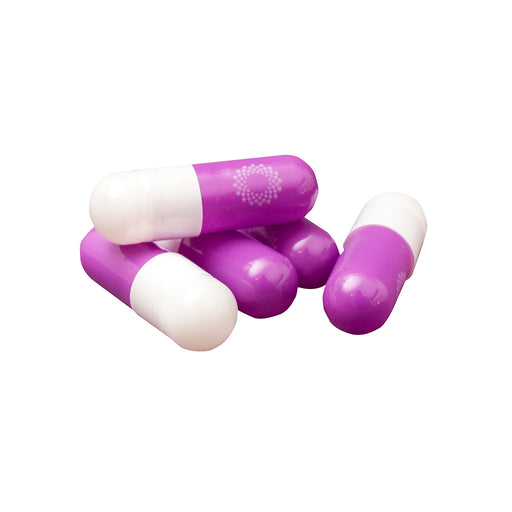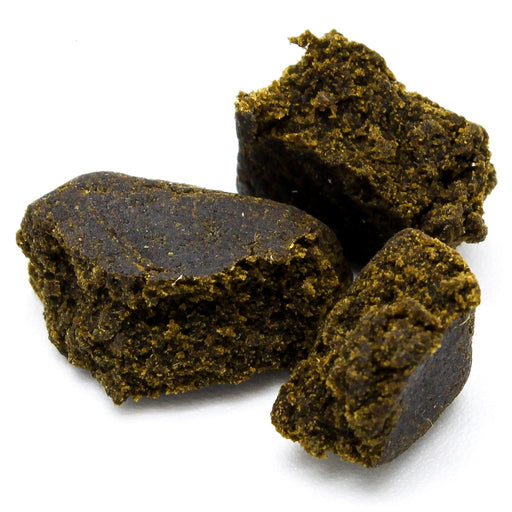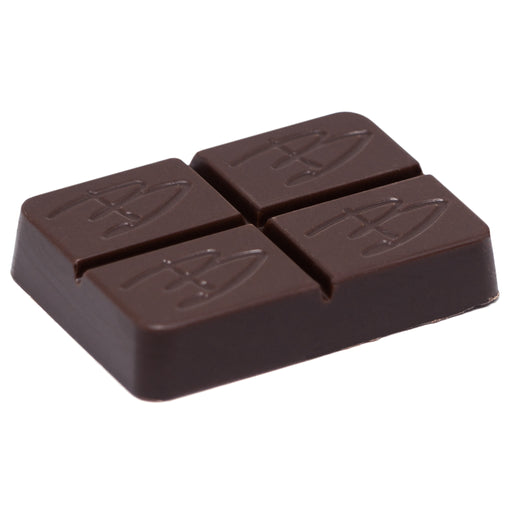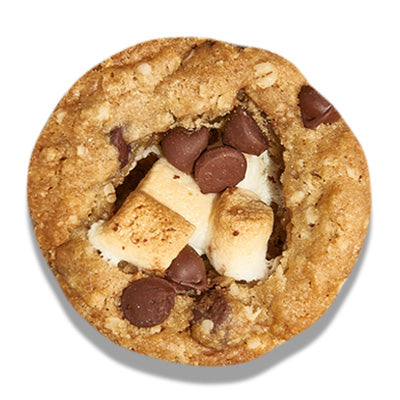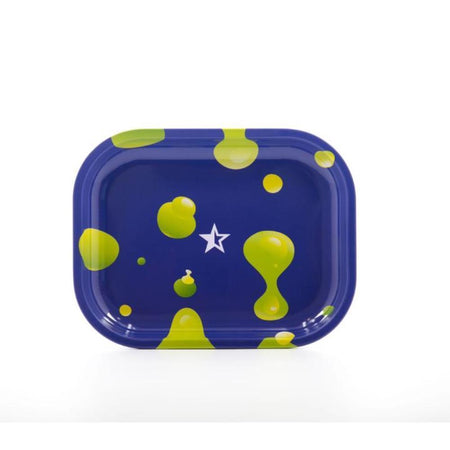Understanding Cannabutter: What It Is and Why You Need It
Cannabutter, a fusion of cannabis and butter, serves as a fundamental ingredient in a variety of cannabis-infused recipes. Essentially, it’s butter that has been infused with the cannabinoids and terpenes found in cannabis. The process involves heating butter with cannabis, allowing the fat molecules in the butter to bond with the active compounds in the cannabis, primarily THC (tetrahydrocannabinol) and CBD (cannabidiol). This infusion results in a versatile product that can be used in numerous culinary applications.
One of the prime benefits of cannabutter is its versatility. It can be incorporated into a wide array of dishes, from baked goods like brownies and cookies to savory items such as sauces and sautés. This flexibility makes it an invaluable tool for both novice and experienced cannabis cooks alike.
Another significant advantage of using cannabutter is the ability to control dosage. When creating your own cannabutter, you have the autonomy to determine the potency by adjusting the amount of cannabis used in the infusion process. This control is particularly beneficial for those seeking specific therapeutic effects, such as pain relief, anxiety reduction, or appetite stimulation.
The potential therapeutic effects of cannabutter further underscore its popularity. Many users turn to cannabis-infused edibles for their long-lasting and evenly distributed effects, which can be more beneficial for managing chronic conditions compared to other forms of consumption. Additionally, the gradual onset of effects from edibles can offer a more controlled and sustained experience.
However, it is crucial to consider the legal and safety aspects associated with making and consuming cannabutter. Cannabis laws vary by region, so it’s essential to ensure that both the acquisition and use of cannabis are legal in your area. Moreover, when preparing and consuming cannabutter, it’s important to practice safe dosing to avoid unwanted side effects such as overconsumption. Always label homemade cannabutter clearly and store it out of reach of children and pets to prevent accidental ingestion.
Step-by-Step Guide to Making Cannabutter at Home
Creating cannabutter at home is a meticulous yet rewarding process. To begin, gather the necessary ingredients and equipment. You will need:
- 1 cup of cannabis flower (approximately 7-10 grams)
- 1 cup of unsalted butter
- A grinder
- A saucepan
- Cheesecloth
- A storage container
The first essential step in making cannabutter is decarboxylation. This process activates the THC in the cannabis, making it psychoactive. Preheat your oven to 245°F (120°C). Grind the cannabis flower to a coarse consistency and spread it evenly on a baking sheet. Bake it for about 30-40 minutes, stirring every 10 minutes to ensure even heating. The cannabis should turn a light brown color and emit a fragrant smell when properly decarbed.
Once decarboxylation is complete, you can proceed to infuse the butter. In a saucepan, melt 1 cup of unsalted butter over low heat, ensuring it does not burn. Add in 1 cup of water to help regulate the temperature and prevent the butter from scorching. Next, incorporate the decarbed cannabis into the melted butter and water mixture.
Maintain a low simmer, ideally between 160-200°F (70-93°C), for 2-3 hours. Stir the mixture occasionally to ensure even distribution of heat and cannabinoids. It’s crucial to maintain this low temperature to avoid burning off the THC.
After simmering, the next step is to strain the mixture. Place a cheesecloth over a jar or storage container and pour the cannabutter mixture through it, allowing the liquid to filter while capturing the plant material. Squeeze the cheesecloth to extract as much butter as possible.
Let the strained butter cool to room temperature before refrigerating it. The butter will solidify, and any remaining water will separate. Discard the water and store your cannabutter in an airtight container in the refrigerator for up to two weeks or in the freezer for extended shelf life.
When it comes to dosage, start with a small amount and gradually increase as needed, considering the potency of your cannabutter. It can be used in various recipes, from baked goods to savory dishes, offering a versatile way to enjoy cannabis-infused foods.
